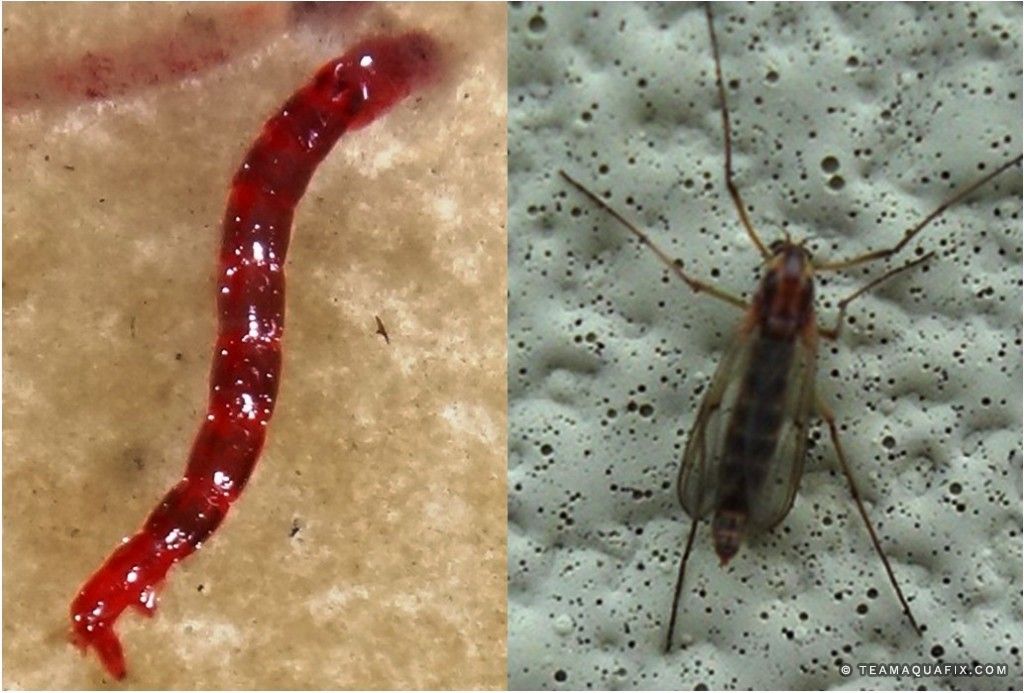Garden-helper red wigglers: Best methods to keep them
Garden-helper red wigglers: Best methods to keep them
Blog Article
Everything You Required to Know Regarding Red Wigglers for Composting
Red wigglers, or Eisenia fetida, play a crucial duty in the realm of composting, changing natural waste into valuable dirt modifications. The process of setting up a worm bin and maintaining it can posture difficulties.
What Are Red Wigglers?

(Western North Carolina Worm Farms)
Belonging To The United States and copyright, red wigglers are surface-dwelling organisms that choose wet, warm environments rich in breaking down raw material. Their diet consists mainly of decaying plant product, food scraps, and other natural particles, which they eat and damage down successfully. As they absorb this product, they produce nutrient-rich castings that enhance soil fertility.
Red wigglers are hermaphroditic, possessing both male and women reproductive body organs, and can replicate rapidly under optimum conditions. Overall, red wigglers are essential factors to the process of recycling natural waste right into useful garden compost.
Benefits of Using Red Wigglers
Utilizing red wigglers in composting systems uses numerous advantages that boost both the performance of waste management and the top quality of the resulting garden compost. These worms, scientifically referred to as Eisenia fetida, are especially efficient at breaking down organic issue, turning kitchen area scraps and lawn waste right into nutrient-rich garden compost at a sped up price.
One of the key benefits of making use of red wigglers is their capacity to consume big quantities of natural material, commonly refining their weight in food waste daily. This high consumption rate causes faster decay and decreases the volume of waste sent to landfills. Additionally, the spreadings generated by red wigglers are abundant in necessary nutrients, advantageous microorganisms, and enzymes, making them an outstanding plant food for yards and plants.
Additionally, red wigglers prosper in a selection of atmospheres, making them adaptable for both interior and outside composting systems - red wigglers. Their presence in a garden compost container helps to aerate the material, avoiding odors and promoting a healthy and balanced composting procedure. In general, employing red wigglers not just contributes to efficient waste administration yet additionally supports sustainable gardening techniques through the production of top notch garden compost
(red wigglers)
Setting Up Your Worm Container
To successfully establish a worm bin, it is vital to choose a suitable container that fulfills the requirements of red wigglers while offering a conducive setting for composting. A suitable container can be made from plastic, timber, or metal, with an ability of at least 1 square foot for every single pound of worms.
Ensure the container has sufficient drain openings to stop excess wetness, as red wigglers flourish in a wet, however not water logged, atmosphere. red wigglers. The bin ought to likewise be ventilated to supply adequate airflow, preventing anaerobic conditions that can hurt the worms
A suitable place for the worm bin is a great, dark location, devoid of straight sunshine and severe temperature levels, as red wigglers prefer a temperature series of 55 to 77 levels Fahrenheit.
Prior to presenting the worms, prepare bed linens products such as shredded newspaper, cardboard, or coconut coir, which will supply both habitat and food. Dampen the bedding gently to create a welcoming environment for the worms. Consider putting a lid on the container to keep humidity and decrease insects, while guaranteeing it can be quickly gotten rid of for maintenance.
Feeding and Treatment Standards
Feeding red wigglers is a vital aspect of keeping a healthy composting system. These worms grow on a varied diet regimen, mainly composed of organic products such as fruit and vegetable scraps, coffee grounds, and crushed eggshells. It is important to stay clear of feeding them meat, milk, and oily foods, as these can create unpleasant smells and draw in parasites.
When presenting food to your worm container, chop or shred materials go right into smaller sized pieces to help with quicker decay. Begin with small amounts to evaluate the worms' usage rate, slowly boosting the amount as they adjust. It is a good idea to alternative feeding locations within the bin to urge comprehensive mixing and oygenation of the compost.

Troubleshooting Common Issues
Keeping a flourishing worm composting system can occasionally present difficulties that need focus and troubleshooting. Usual concerns include an unpleasant odor, which typically indicates overfeeding or the visibility of anaerobic problems. To treat this, decrease the amount of food included and make sure appropriate aeration by blending the bed linen material.
An additional regular issue is the getaway of worms from the bin. This can take place due to too much wetness or inappropriate environmental problems. Regularly inspect the wetness levels, going for a moist however not soggy uniformity, and preserve optimum temperature levels between 60-80 ° F(15-27 ° C )to create a comfy habitat for your red wigglers.
Bugs, such as fruit flies, can additionally invade worm containers. red wigglers. To battle this, cover food scraps with a layer of bed linen or shredded paper to discourage flies from laying eggs. In addition, guarantee that any type of food included is fresh and without mold and mildew, which can attract undesirable insects
Finally, if your worms appear inactive, check for anxiety aspects such as temperature variations or insufficient dampness. Dealing with these usual concerns will certainly help preserve a healthy and balanced and productive worm composting system.
Conclusion
In recap, red wigglers, or Eisenia fetida, play an important function in sustainable waste administration through vermicomposting. Proper configuration and upkeep of a worm container, along with adherence to feeding standards, guarantee a growing community that reduces land fill contributions.
Report this page